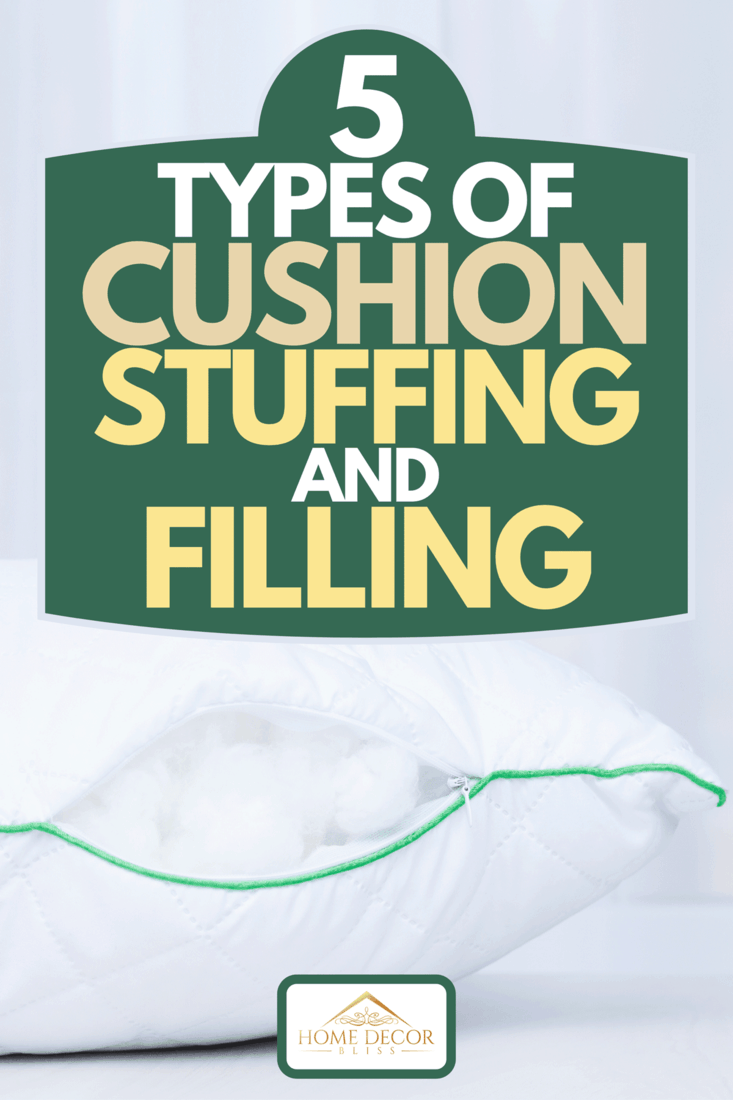When you think about furniture and all of the characteristics that your ideal piece must-have, you are likely thinking about cost, style, size, and comfort. You may know that you want a fabric couch instead of a leather one but what is inside the cushions is not first and foremost in your mind. You might have never realized that cushions are made of different materials.
Whether you are a novice at shopping for furniture or an expert at restoring furniture, it is important to remember that not all cushions are made the same. Different types of filling have different benefits and are best used for different purposes. For example, you probably don't want your sectional where you'll fall asleep watching tv to be made of the same cushion filling as your patio furniture by the pool.
This article will introduce you to the most popular types of cushion filling and explain when and where they are best used. We will also give you some examples of each filling so you can easily recognize them when you go shopping. When you're done reading this article, you will be able to make better decisions when buying new furniture, and you'll be able to save yourself some money because you'll know exactly what you need to fill your cushions.
1. Foam
Foam is one of the most popular fillings for cushions. Most foam that is used for furniture is high-density, making it comfortable and durable. Its popularity makes it easy to find if you want to touch up your existing cushions and restore them to their original feel.
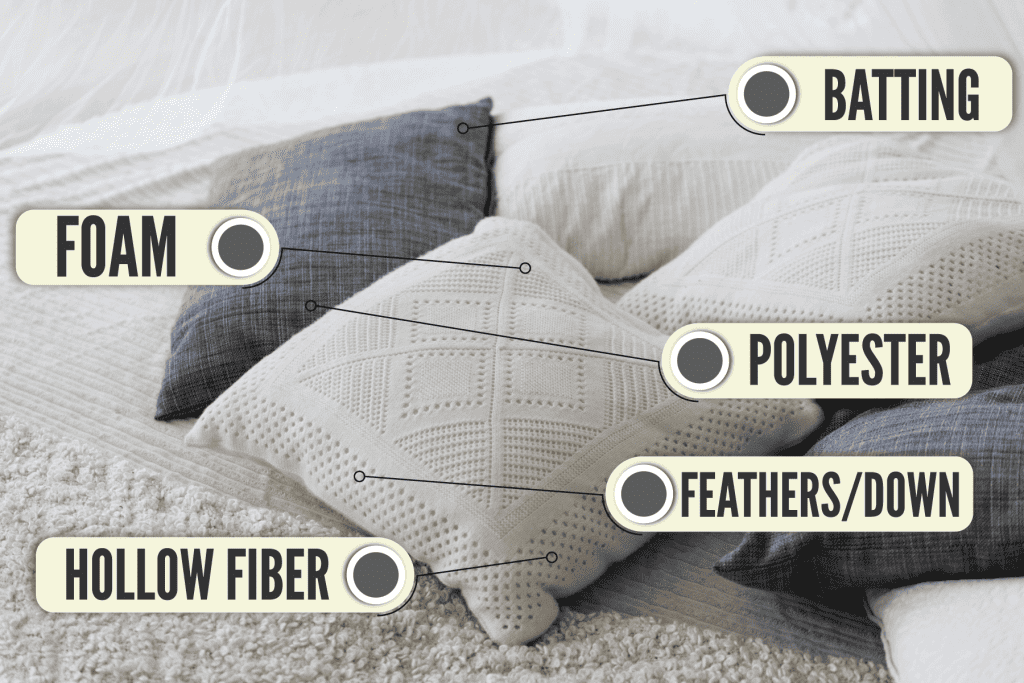
Not all foam is created equal, though, and you may want to choose different kinds for different situations. If you have kids in the home, you might want to select foam that is more waterproof. Similarly, you will want to choose a different type of foam for outdoor furniture than you would for indoor furniture. While there are many types of foam available, the two most popular types are memory foam and high-density polyurethane.
Memory Foam
We sometimes add affiliate links and content that was curated and created by our team with the help of advanced ai tools to help showcase the best design styles.
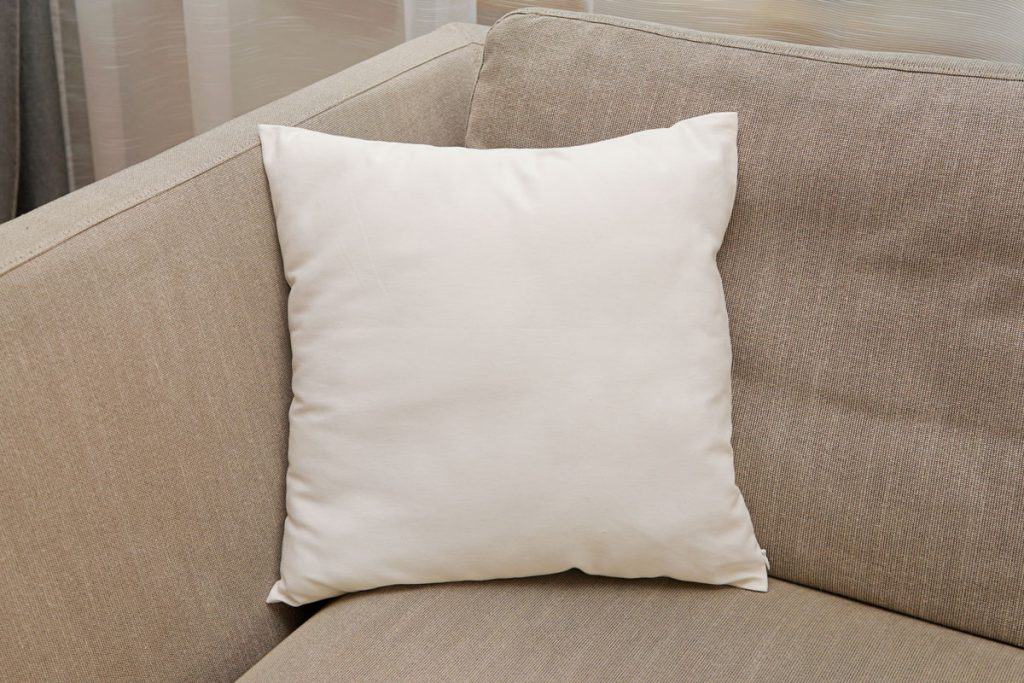
Memory foam is often used in mattress or shoes, but it can also be used for cushions. This material is very dense but elastic, allowing it to form around one's body. Memory foam cushions are very comfortable and have many health benefits, but they are not waterproof. If you have young children and your furniture is at risk for spills, memory foam is not the best material for your cushions.
Click here to see this sofa with memory foam cushions on Amazon.
Click here to see this shredded memory foam filling on Amazon.
High-Density Polyurethane
High-density polyurethane is made of the same type of material as its medium-density counterpart. However, it serves a very different purpose. It is more resilient than medium density, and it is more often used for indoor seating than outdoor. High-density polyurethane comes in medium, firm, and extra-firm to choose the firmness you prefer.
Click here to see this sofa with high-density foam cushions on Amazon.
Click here to see this high-density polyurethane foam on Amazon.
If you're interested in learning more about foam for cushions, be sure to take a look at "8 Types Of Foam For Cushions".
2. Hollow Fibre
Hollow fibre gets its name from the hollow threads that are used to make it. While polyester is most often used in hollow fibre filling, cotton threads are sometimes used as well. Because the threads are hollow, the air can move through them, making the material breathable and very warm. Unlike foam, which is dense, hollow fibre has a more airy and springy feel. All of these characteristics together make hollow fibre very popular for bedding such as duvets and sleeping bags. However, it produces comfortable cushions as well.
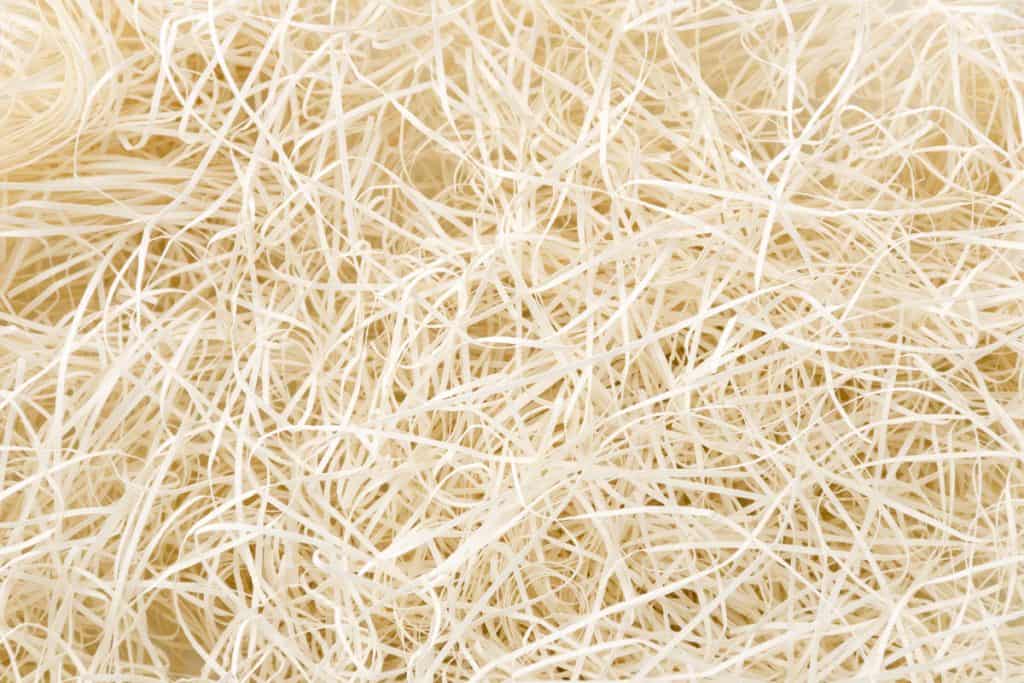
One drawback of hollow fibre, though, is that its fluffiness makes it less durable. When you bear weight on hollow fibre cushions, the hollow threads will eventually become impacted, and your cushions will lose their shape.
Click here to see these hollow fibre pillow inserts on Amazon.
Click here to see this fiber filling on Amazon.
3. Feathers/Down
Feather, or down, filling is perhaps the most comfortable cushion available. It is also the most expensive because it is made from the real feathers of geese. Typically found in comforters or pillows, you can also find cushions filled with feathers or down.
While down bedding or cushions are the epitome of soft luxury, there are some downsides to consider. The feathers can become compacted over time, giving your cushions an uneven and lumpy feel after awhile. Cushions with down feathers can also be less firm than you might prefer. You can remedy this by purchasing cushions with a down/foam blend. The down provides comfort while the foam gives the cushion more firmness and structure.
Click here to see this sofa with down cushions on Amazon.
Click here to see this down filling on Amazon.
4. Polyester
Polyester filling is a synthetic blend that is often used in sofas and cushions. Because the filling is cheaper than some other options, you may find that furniture with polyester cushions is more budget-friendly. If you are filling your own cushions, you will find many different polyester blends to choose from. However, if you are purchasing furniture with polyester cushions, you are likely going to find that the manufacturers will not list the specific blend they use.
Click here to see these polyester-filled chair cushions on Amazon.
Click here to see the polyester cushion filling on Amazon.
5. Batting
While batting is not used as a filler for cushions, it is often used to wrap cushions to prevent slipping and add more softness and support. Batting is most often used with foam filling and can be made with cotton, polyester, or wool. Because it is offered in so many different materials, you are likely to find one with the features you need, such as hypoallergenic or water-resistant.
Click here to see this cotton batting on Amazon.
Click here to see this polyester batting on Amazon.
Summary
Now that you know the different types of filling that can be found in your cushions, you are on your way to more comfortable and longer-lasting furniture. When shopping for your new furniture, don't forget to check the product descriptions to find out what the cushions are made of. While this may not seem important at the time, you will find that you will be able to easily mend your cushions or refresh them entirely with the right filling. This knowledge and skill will save you money in the long run and put you in control of your comfort.
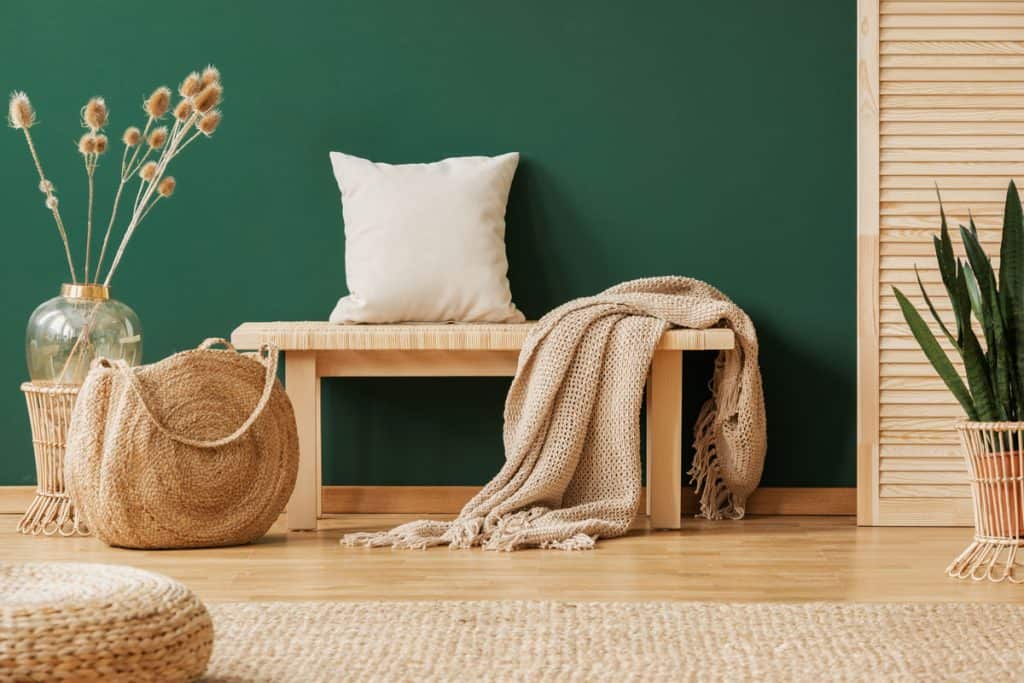
If you're interested in making or refilling cushions yourself, we hope that learning the different types of filling will assist you in creating the most comfortable cushions. Additionally, you will also be able to refresh comforters, pillows, and chair pads now that you have learned about the different types of filling available.
Want to learn more about your cushions and their maintenance? Check out these articles:
How Much Does It Cost To Replace Sofa Cushions?
8 Types Of Cushions: Do You Know Them All?
